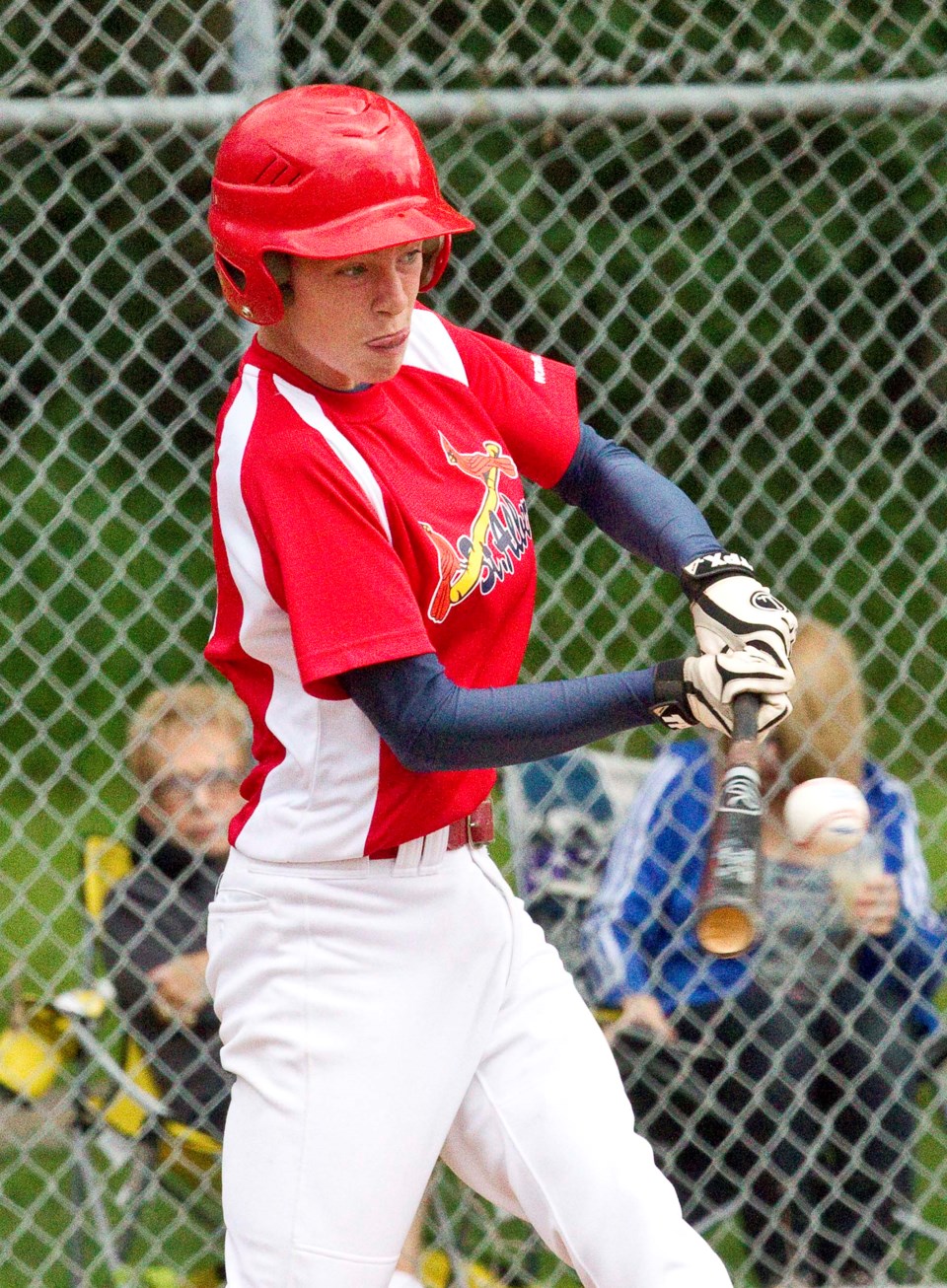Global warming is causing more home runs at baseball games and could put players and fans at greater risk of heat stroke, a recent study suggests.
Dartmouth College geography professor Justin Mankin co-authored a study on global warming, home runs, and baseball April 7 in the Bulletin of the American Meteorological Society.
Mankin said lead author Christopher Callahan is a big fan of the Chicago Cubs baseball team and wanted to investigate whether global warming is causing more home runs.
“The physics are really intuitive and simple,” Mankin said: warm air is less dense and causes less drag than cold, so hotter temperatures should let baseballs, golf balls, or any other ballistic object fly farther when hit.
Major League Baseball (MLB) has seen a surge in dingers since the 1980s, one that correlates with a rise in game-time temperatures, Callahan’s team noted.
Big data, big hits
The team examined some 100,000 MLB games played from 1962 to 2019 to see if home runs were more likely on very warm days than very cold ones, with the assumption that other factors affecting home runs (such as drugs, equipment, and training) were not influenced by temperature.
The team also studied some 220,000 ball hits recorded on high-speed cameras in MLB stadiums from 2015-19. Mankin said these records allowed the team to compare balls hit at the same angle and speed on warm and cold days, effectively holding the skill of the player and pitcher constant while changing the temperature.
The team found that global heating accounted for about 577 extra home runs at MLB games between 2010 and 2019. Every 1 C increase in daily maximum temperature during an outdoor game resulted in about 1.96 per cent more home runs — 2.4 per cent if the game was played in the afternoon heat and 1.7 per cent if it was played in the cooler evening. Temperature did not affect home runs during indoor games.
The team calculated that every 1 C of global warming would add about 95 home runs to an MLB season. While that represented just one per cent of the home runs in 2019, rising temperatures could account for about 10 per cent of home runs at MLB games by 2100 if greenhouse gas emissions are not reduced.
Good news, right?
Mankin said these results could be good news if you enjoy home runs, but if you don’t, it could make games more drawn out. Additional heat could also put players and fans at greater risk of heat stroke and force coaches to change strategies and hiring practices.
The MLB could counteract this effect on home runs by playing games at night or indoors, Mankin said. The MLB could also act on global warming by making its facilities net-zero in terms of carbon emissions.
North Central Alberta Baseball League commissioner and St. Albert resident Paul Riopel said he had not noticed any increase in home runs in his league he could attribute to global warming, but agreed with the theory behind Mankin’s study.
“Cold weather has definitely been recognized in our sport as yielding fewer home runs,” he said, adding other factors such as the recent switch to composite bats may be swamping out the influence of temperature.
Riopel said his league is working on new protocols to keep players safe from extreme weather, which is predicted to become more common because of global warming. Global warming could force baseball leagues to change ball types to compensate for the effects on home runs, or to add dedicated water supplies and longer roofs to dugouts to protect against heat stroke.
Mankin said the study shows how global warming affects every part of our lives.
“If you’re a baseball fan and you don’t think global warming has affected you, then you’re wrong.”




